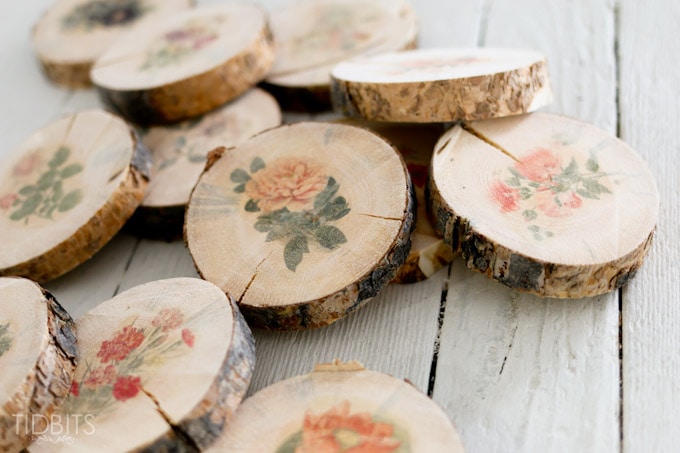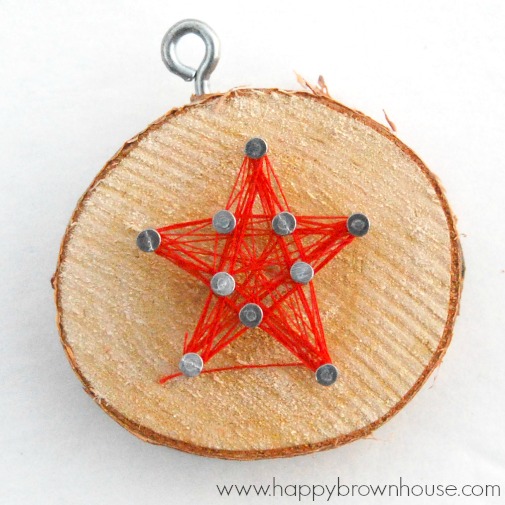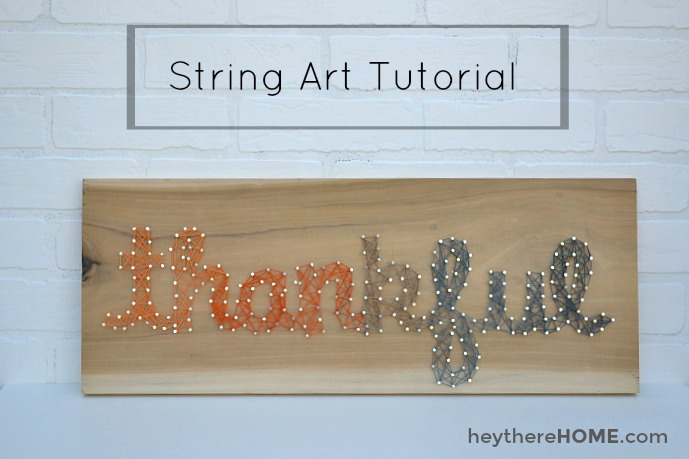The following blogs will be a three-part series where we can dive into some great DIYs using some leftover branches and create some artful wood slices decor.
Welcome back to the continuation of last month’s blog! Let’s dive in and go over some great DIYs for leftover branches. This month we move up a level and show you some great wood decoration DIYs with medium-sized wood slices. Of course, you can do the same thing we suggested the previous month, but having a bigger canvas means there is more space to spread the creativity.
As mentioned before, you can get some wood turning blanks we sell here that would need to be sliced. They are medium-sized -between 4 – 5 inches in Diameter. You can also find them on Amazon, Michaels and with luck, at Walmart.
Let’s raise the stakes. Lest use bigger wood slices to decorate your home, make a biggerer statement and make them part of your house’s style.
Just like decorating the smaller pieces, you can watercolor or sharpie them up, but now you have a bigger canvas and we can get more creative. Wood image transfer is a great way to skip the sketching and get a Picasso image right in your coaster. For this DIY you will need:

You can find the original DIY here.
This kind of DIY can be a simple afternoon activity for your kids or it can become your weekend project. this activity can be as simple as or as elaborated as your creativity. For this DIY you will need:

Aside from wall or Christmas tree decorations, you can put all these wood slices together. Instead of screwing a small hook to it, you can nail all the decorations together and make a wreath like in this Finding Home Farms tutorial. You can take this idea and develop it even more with this creative sign from Hey There Home.

Mesquite wood displays rich character and color not found in other hardwoods. The handsome appearance, unparalleled strength and rustic Texas style complete a grand entrance for any stairway. Faifer and Company, Inc supplies a full range of artfully-crafted mesquite wood stair parts to complete simple and elaborate staircases of all varieties.
Faifer and Company’s mesquite wood selections are reclaimed pieces from Texas ranchlands, carefully chosen for their aged charm and inimitable detail. The individual pieces combine to create a striking impression and complementary Texas motif in your foyer, living room or basement. An extensive selection of sizes with nosings, risers and reducers allows you to create any staircase and fulfill your unique elevation, height and aesthetic requirements.
Browse the stair gallery to take a closer look at completed mesquite wood staircases. See the parts listed below to start building your staircase and contact Faifer and Company Inc. for distinctive wooden stair treads and risers in Texas.
Will have clear and possibly small knots, checks and other natural defects allowed, along with the natural varying color of the wood. Sapwood is not allowed on finished surfaces. Lengths vary from 9 inches to 48 inches with tongue and groove. Ends are square cut. On average the lengths will vary between 16″ – 22″.
Will have semi clear, small to large knots, checks and other natural defects allowed, along with the natural varying color of the wood. Sapwood is not allowed on finished surfaces. Lengths vary from 9 inches to 48 inches with tongue and groove. Ends are square cut. On average the lengths will vary between 16″ – 22″.
Wood Blocks – Only one grade available. Knots, checks and other natural defects are allowed. Partly filled with black epoxy. Width is 3 inches and lengths from 2 inches to 5 inches.
The Janka (or side) hardness test measures the force required to embed a .444 – inch steel wall to half its diameter in wood. It is one of the best measurements of the ability of a wood species to withstand denting and wear. By the same token, it is also a good indicator of how hard or easy a species is to saw or nail. Northern Red Oak, for example, has a Janka hardness rating of 1290. Brazilian Cherry, with a rating of 2350, is nearly twice as hard. If you’re accustomed to working with Red Oak and decide to tackle a job with Brazilian Cherry, you can expect it to be much harder to cut and nail.
| Wood Species | Rating |
| Ipe | 3680 |
| Brazilian Teak | 3540 |
| Brazilian Cherry (jatoba) | 2820 |
| Live Oak | 2680 |
| Purpleheart | 2520 |
| Spotted Gum | 2473 |
| Mesquite | 2345 |
| Santos Mahogany | 2200 |
| Sydney Blue Gum | 2023 |
| Merbau | 1925 |
| Jarrah | 1910 |
| Hickory/Pecan | 1820 |
| Padauk | 1725 |
| Wenge | 1630 |
| Brazilian Maple | 1500 |
| Sapele | 1500 |
| Hard Maple | 1450 |
| Australian Cypress | 1375 |
| White Oak | 1360 |
| Tasmanian Oak | 1350 |
| White Ash | 1320 |
| Beech | 1300 |
| Red Oak (Northern) | 1290 |
| Birch | 1260 |
| Iroko | 1260 |
| Antique Heart Pine | 1225 |
| Thai/Burmese Teak | 1078 |
| American Black Walnut | 1010 |
| Black Cherry | 950 |
| Southern Yellow Pine (Longleaf) | 870 |
| Southern Yellow Pine (Loblolly & Shortleaf) | 690 |
| Douglas Fir | 660 |
.Source: Hardness ratings for most species taken from Wood Handbook: Wood as an Engineering Material (Agriculture Handbook 72, Forest Product Laboratory, Forest Service U.S. Department of Agriculture; revised 1987). Except for Australian Cypress, Wenge, African Padauk, Merbau and Santos Mahogany, which were provided by International Hardwood Flooring; Heart Pine by Mountain Lumber and Mesquite by Mesquite Products of Texas.
Douglas Fir rating is an average of ratings for coast, Interior West and Interior North species.
(Ranked by percentage of tangential shrinkage from green to oven-dry moisture content)
The numbers in the chart reflect the dimensional change coefficient for the various species, measured as tangential shrinkage or swelling within normal moisture content limits of 6 – 14 percent. Tangential change values will normally reflect changes in plainsawn wood. Quartersawn wood will usually be more dimensionally stable than plainsawn.
The dimensional change coefficient can be used to calculate expected shrinkage or swelling. Simply multiply the change in moisture content by the change coefficient, than multiply by the width of the board.
Example: A mesquite (change coefficient – .00129) board 5 inches wide experiences a moisture content change from 6 to 9 percent – a change of 3 percentage points.
(Calculation: 3 x .00129 = .00387 x 5 = .019 inches).
In actual practice, however, change would be diminished in a complete floor, as the boards’ proximity to each other tends to restrain movement. The chart is best used for comparison.
* Although some tropical woods such as Australian Cypress, Brazilian Cherry, Merbau and Wenge appear in this chart to have excellent moisture stability compared to domestic oak, actual installations of many of these woods have demonstrated significant movement in use. To avoid problems later, extra care should be taken to inform potential users of these tendencies prior to purchase.
| Wood Species | Rating |
| Beech | 11.9 |
| Jarrah | 11.0 |
| White Oak | 10.5 |
| Hard Maple | 9.9 |
| Yellow Birch | 9.5 |
| Hickory/Pecan | 8.9 |
| Brazilian Maple | 8.8 |
| Northern Red Oak | 8.6 |
| Brazilian Cherry (jatoba) | 8.5 |
| Bubinga | 8.4 |
| Brazilian Walnut (Ipe) | 8.0 |
| White Ash | 7.8 |
| American Black Walnut | 7.8 |
| Brazilian Teak | 7.6 |
| Southern Yellow Pine | 7.5 |
| Sapele | 7.4 |
| Douglas Fir | 7.3 |
| Black Cherry | 7.1 |
| Santos Mahogany | 6.2 |
| Purpleheart | 6.1 |
| Thai/Burmese Teak | 5.8 |
| Wenge | 5.8 |
| Padauk | 5.2 |
| Merbau | 4.6 |
| Iroko | 3.8 |
| Mesquite | 3.2 |
| Australian Cypress | 2.8 |
.Source: stability ratings taken from Wood Handbook: Wood as an Engineering Material (Agriculture Handbook 72, Forest Products Laboratory, Forest Service, U.S. Department of Agriculture; revised 1987).